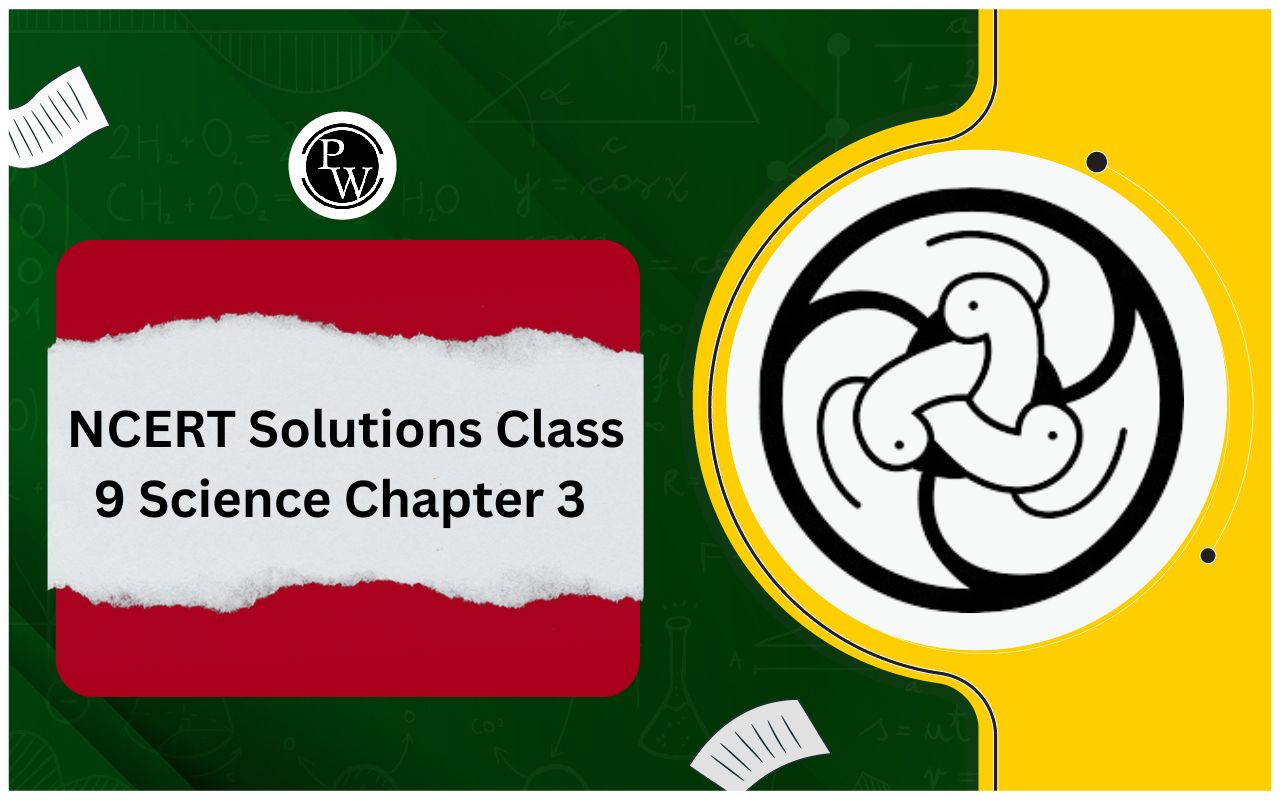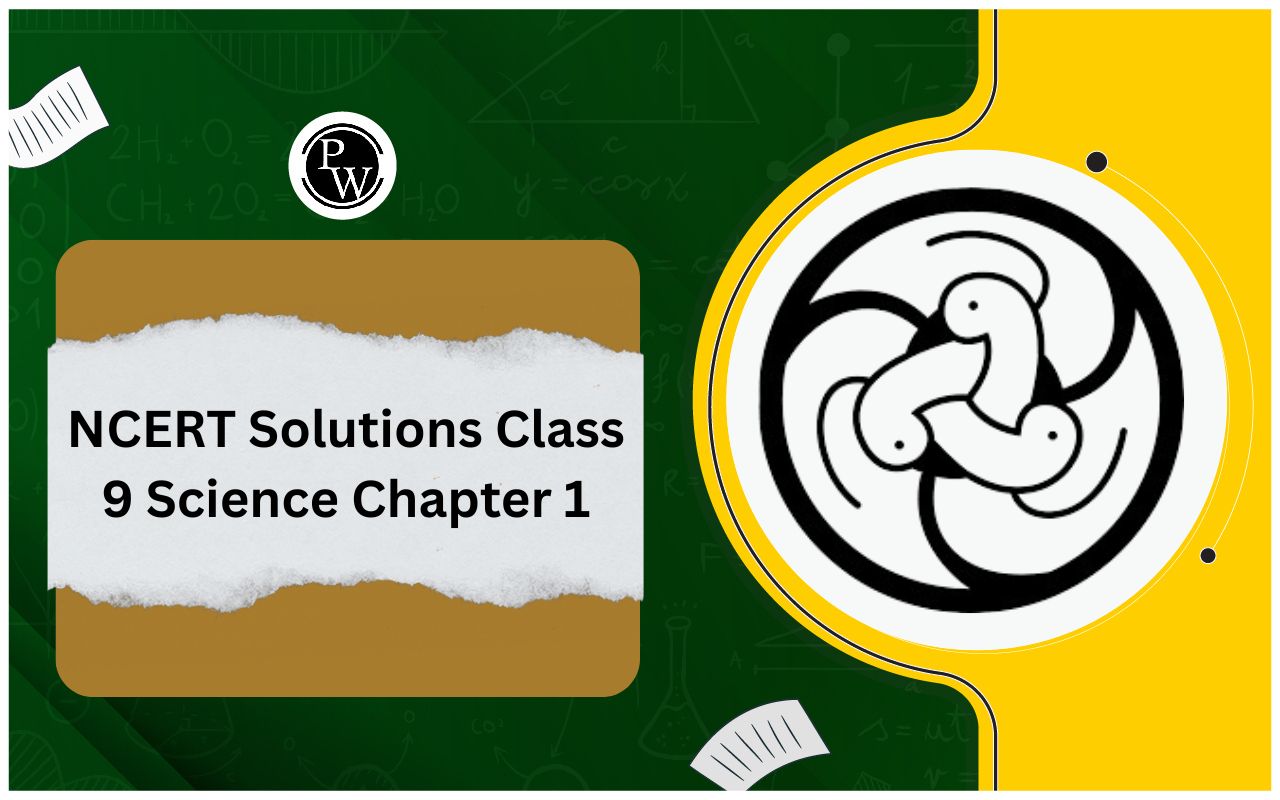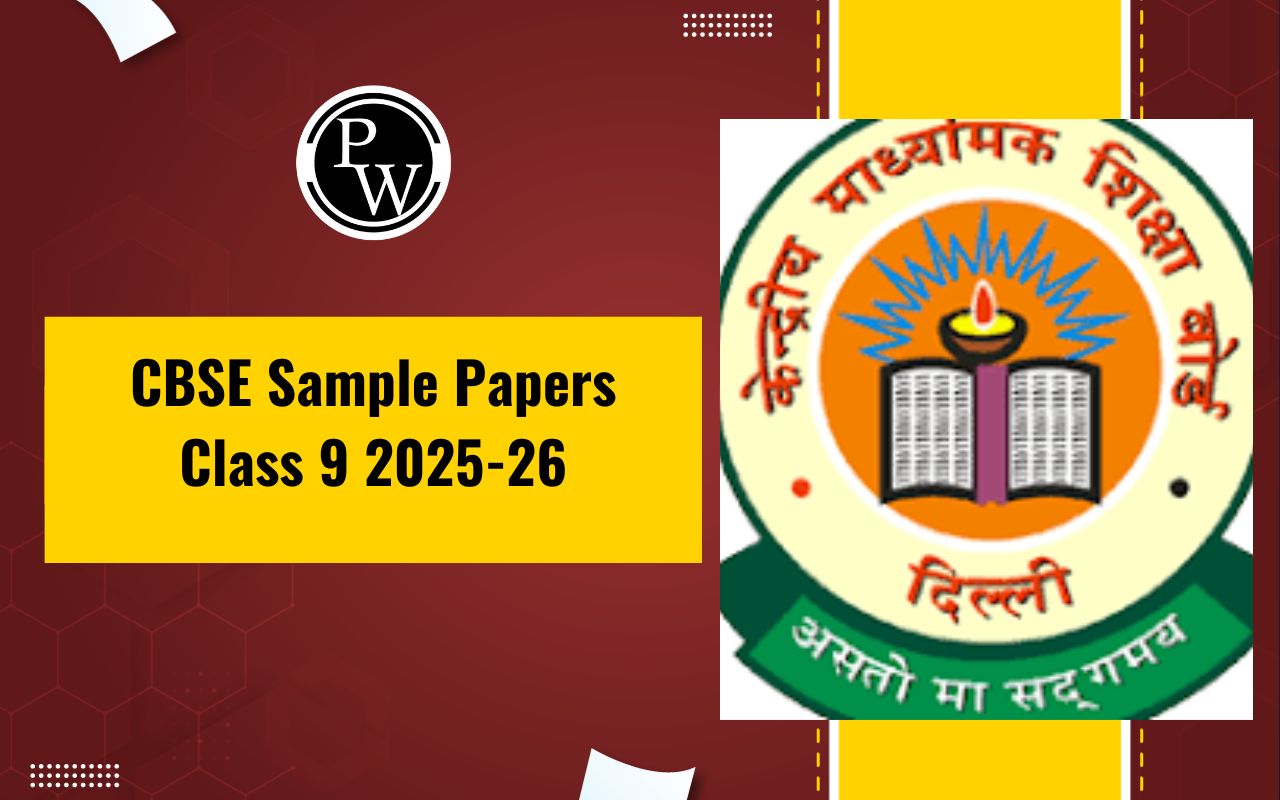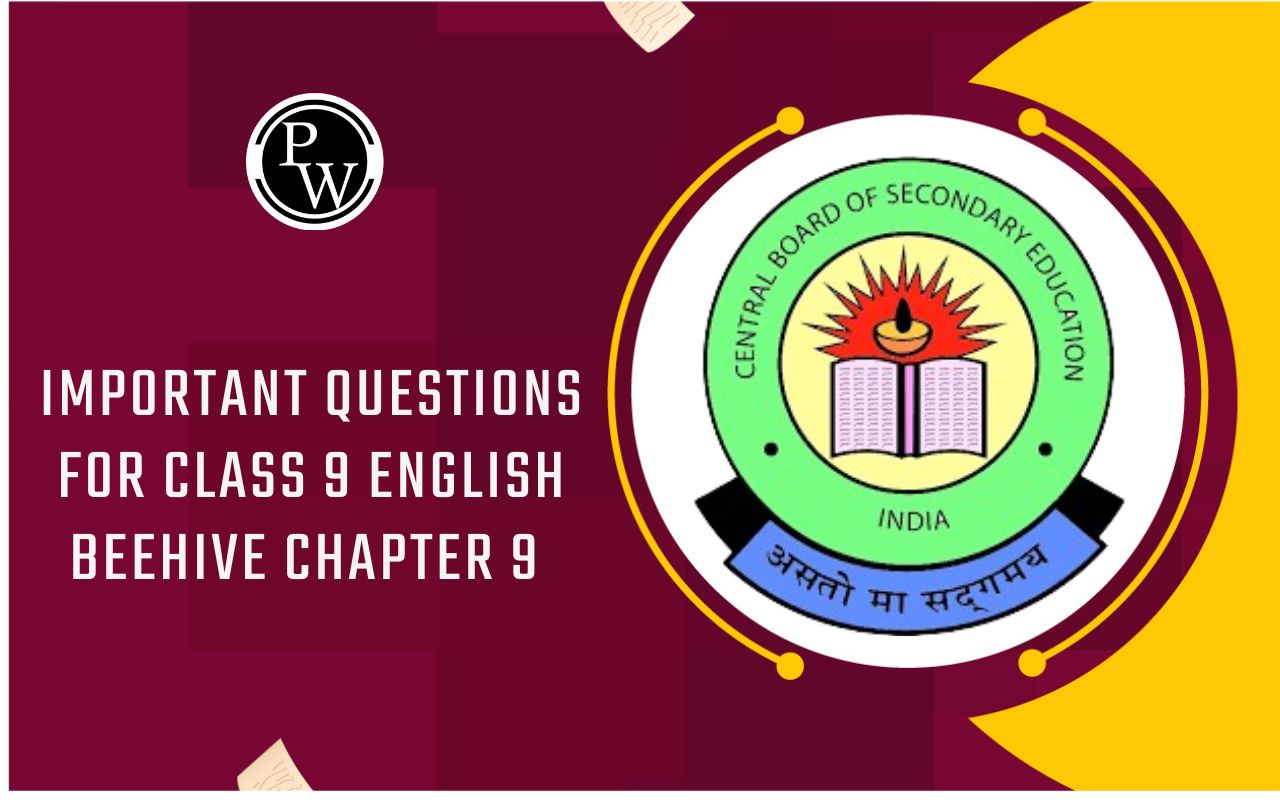
RD Sharma Solutions Class 9 Maths Chapter 22: RD Sharma Solutions for Class 9 Maths Chapter 22, Tabular Representation of Statistical Data provide detailed guidance for students tackling statistical problems. This chapter focuses on methods to organize and interpret data in tabular form, an essential skill in mathematics and real-world applications.
The solutions provided here are created to help students in understanding and solving these problems effectively. With step-by-step explanations, students can grasp the concepts with ease and enhance their problem-solving abilities. RD Sharma Solutions Class 9 Maths Chapter 22 is a valuable resource for exam preparation, ensuring students achieve proficiency in statistical analysis and secure good marks.CBSE Class 9 Science Syllabus 2024-25
RD Sharma Solutions Class 9 Maths Chapter 22 Tabular Representation of Statistical Data PDF
Expert teachers have created all of the Tabular Representation of Statistical Data in this chapter in accordance with the CBSE syllabus. To achieve high test scores, students are recommended to download the RD Sharma Class 9 Solutions PDF and begin practicing. The RD Sharma Solutions for the exercise-specific challenges are developed following extensive investigation into every subject. Students are assisted in solving difficulties competently by the solutions’ well-organized format.RD Sharma Solutions Class 9 Maths Chapter 22 PDF
RD Sharma Solutions Class 9 Maths Chapter 22 Tabular Representation of Statistical Data
Below, you'll find the solutions for RD Sharma Class 9 Maths Chapter 22 on Tabular Representation of Statistical Data. These solutions provide detailed guidance to help students understand and solve problems related to organizing and interpreting data in tabular form.CBSE Class 10 Result 2024 Expected To Be Out Soon
RD Sharma Solutions Class 9 Maths Chapter 22 Tabular Representation of Statistical Data Exercise 22.1 Page No: 22.15
Question 1: What do you understand by the word “statistics” in:
(i) singular form (ii) plural form?
Solution:
The term "statistics" is used in both singular and plural forms. (i) In the singular sense, "statistics" refers to the science of collecting, presenting, analyzing, and interpreting numerical data. (ii) In the plural sense, "statistics" refers to numerical facts or observations gathered for a specific purpose.Question 2: Describe some fundamental characteristics of statistics.
Solution:
Question 3: What are (i) primary data (ii) secondary data? Which of the two—the primary or the secondary data—is more reliable and why?
Solution:
(i) Primary data: Primary data refers to raw data collected by an investigator with a specific plan, without relying on existing sources. (ii) Secondary data: Secondary data are obtained from published or unpublished sources other than the original data collector. These data are collected for a particular purpose by an individual or institution and may be utilized by others in different contexts. Primary data is considered reliable and relevant as it is original and collected firsthand by individuals or research bodies.Question 4: Why do we group data?
Solution: T he original form of data is referred to as raw data. Raw data can be challenging to interpret directly and may appear confusing at times. To enhance understanding and interpretation, data is often grouped into categories or intervals. Grouping data allows for easier comprehension and analysis. Grouped data facilitates calculations of various values that describe and analyze the dataset effectively.
Question 5: Explain the meaning of the following terms:
(i) Variate
(ii) Class-interval
(iii) Class-size
(iv) Class-mark
(v) Frequency
(vi) Class limits
(vii) True class limits
Solution:
(i) Variate: A characteristic that can vary from one individual to another. (ii) Class-interval: Each group into which raw data is divided in a dataset. (iii) Class-size: The difference between the upper limit and lower limit of a class interval. (iv) Class-mark: The middle value of a class interval, calculated as the average of the upper and lower limits. (v) Frequency: The number of observations corresponding to each class interval. (vi) Class limits: The two figures that bound each class interval. The upper limit is on the right side, while the lower limit is on the left side of the class. (vii) True class limits:- If classes are inclusive (e.g., 5-9, 10-14, 15-19), the true lower limit is calculated as the lower limit of the class minus 0.5, and the true upper limit is calculated as the upper limit of the class plus 0.5.
- If classes are exclusive (e.g., 20-30, 30-40, 40-50), the class limits and true class limits are the same.
Question 6: The ages of ten students of a group are given below. The ages have been recorded in years and months:
8 – 6, 9 – 0, 8 – 4, 9 – 3, 7 – 8, 8 – 11, 8 – 7, 9 – 2, 7 – 10, 8 – 8
(i) What is the lowest age?
(ii) What is the highest age?
(iii) Determine the range?
Solution:
The ages of ten students of a group are: 8 – 6, 9 – 0, 8 – 4, 9 – 3, 7 – 8, 8 – 11, 8 – 7, 9 – 2, 7 – 10, 8 – 8.(i) Lowest age = 7 years 8 months
(ii) Highest age = 9 years 3 months
(iii) Range = Highest age – Lowest age
= (9 years 3 months) – (7 years 8 months) = 1 year 7 monthsQuestion 7: The monthly pocket money of six friends is given below:
Rs 45, Rs 30, Rs 40, Rs 50, Rs 25, Rs 45.
(i) What is the highest pocket money?
(ii) What is the lowest pocket money?
(iii) What is the range?
(iv) Arrange the amounts of pocket money in ascending order.
Solution:
The monthly pocket money of six friends is given below: Rs 45, Rs 30, Rs 40, Rs 50, Rs 25, Rs 45(i) Highest pocket money = Rs 50
(ii) Lowest pocket money = Rs 25
(iii) Range = Highest pocket money – Lowest pocket money
= Rs 50 – Rs 25 = Rs 25(iv) Ascending order is: Rs 25, Rs 30, Rs 40, Rs 45, Rs 45, Rs 50.
Question 8: Write the class -size in each of the following:
(i) 0-4, 5-9, 10-14
(ii) 10-19, 20-29, 30-39
(iii) 100-120, 120-140, 160-180
(iv) 0-0.25, 0.25-00.50, 0.50-0.75
(v) 5-5.01, 5.01-5.02, 5.02-5.03.
Solution:
(i) 0-4, 5-9, 10-14
Since classes are inclusive, so The true lower limit of class = Lower limit of class – 0.5 and, True upper limit of class = Upper limit of class + 0.5 True class limits are 0.5-4.5, 4.5-9.5, 9.5-14.5 Therefore class size = 14.5 – 9.5 = 5(ii) 10-19, 20-29, 30-39
Since classes are inclusive, so The true lower limit of class = Lower limit of class – 0.5 and, True upper limit of class = Upper limit of class + 0.5 True class limits 19.5-19.5, 19.5-29.5, 29.5-29.5 Class size = 39.5-29.5 = 10(iii) 100-120, 120-140, 160-180
Here the class limits and true class limits are the same So, class size = 120 – 100 = 20(iv) 0-0.25, 0.25-00.50, 0.50-0.75
Here the class limits and true class limits are the same So, class size = 0.25 – 0 = 0.25(v) 5-5.01, 5.01-5.02, 5.02-5.03
Here, class limits and true class limits are the same So, class size = 5.01 – 5.0 = 0.01.Question 9: The final marks in mathematics of 30 students are as follows:
53, 61, 48, 60, 78, 68, 55, 100, 67, 90,
75, 88, 77, 37, 84, 58, 60, 48, 62, 56,
44, 58, 52, 64, 98, 59, 70, 39, 50, 60.
(i) Arrange these marks in ascending order, 30 to 39, one group, 40 to 49, second group etc.
Now answer the following:
(ii) What is the highest score?
(iii) What is the lowest score?
(iv) What is the range?
(v) If 40 is the pass mark, how many have failed?
(vi) How many have scored 75 or more?
(vii) Which observations between 50 and 60 have not actually appeared?
(viii) How many have scored less than 50?
Solution :
(i) Arrange marks in ascending order:
| Class Marks | Observations | Frequency |
| 30-39 | 37, 39 | 2 |
| 40-49 | 44,48,48 | 3 |
| 50-59 | 50, 52, 53, 55, 56, 58, 58, 59 | 8 |
| 60-69 | 60, 60, 60, 61, 62, 64, 67, 68 | 8 |
| 70-79 | 70, 75, 77, 78 | 4 |
| 80-89 | 84,88 | 2 |
| 90-99 | 90, 98 | 2 |
| 100-109 | 100 | 1 |
(ii) Highest score = 100
(iii) Lowest score = 37
(iv) Range = Highest score – Lowest score = 100 – 37 = 63
(v) 2
(vi) 8
(vii) 51, 54, 57
(viii) 5
Question 10: The weights of newborn babies (in kg.) in a hospital on a particular day are as follows:
2.3, 2.2, 2.1, 2.7, 2.6, 3.0, 2.5, 2.9, 2.8, 3.1, 2.5, 2.8, 2.7, 2.9, 2.4
(i) Rearrange the highest weight.
(ii) Determine the highest weight.
(iii) Determine the lowest weight.
(iv) Determine the range.
(v) How many babies were born on that day?
(vi) How many babies weigh below 2.5 kg?
(vii) How many babies weigh more than 2.8 kg?
(viii) How many babies weigh 2.8 kg?
Solution :
(i) Arrange weights in descending order:
3.1, 3.0, 2.9, 2.9, 2.8, 2.8, 2.7, 2.7, 2.6, 2.5, 2.5, 2.4, 2.3, 2.2, 2.1.(ii) Highest weight = 3.1 Kg
(iii) Lowest weight = 2.1 Kg
(iv) Range = 3.1 kg – 2.1 kg = 1.0 Kg
(v) 15 babies were born on that particular day.
(vi) 4 babies weigh below 2.5 Kg.
(vii) Babies more than 2.8 Kg weight are 4.
(viii) Babies weighing 2.8 Kg are 2.
Question 11: The number of runs scored by a cricket player in 25 innings is as follows:
26, 35, 94, 48, 82, 105, 53, 0, 39, 42, 71, 0, 64, 15, 34, 15, 34, 6, 71, 0, 64, 15, 34, 15, 34, 67, 0, 42, 124, 84, 54, 48, 139, 64, 47
(i) Rearrange these runs in ascending order.
(ii) Determine the player’s highest score.
(iii) How many times did the player not score a run?
(iv) How many centuries did he score?
(v) How many times did he score more than 50 runs?
Solution:
(i) Runs in ascending order:
0, 0, 0, 0, 6, 15, 15, 15, 15, 26, 34, 34, 34, 34, 35, 39, 42, 42, 47, 48, 48, 53, 54, 64, 64, 64, 67, 71, 71, 82, 84, 90, 94, 124, 139.(ii) Highest Score = 139
(iii) 3 times, he did not score any run.
(iv) He scored 3 centuries.
(v) He scored more than 50 runs 12 times.
RD Sharma Solutions Class 9 Maths Chapter 22 Tabular Representation of Statistical Data Exercise 22.2 Page No: 22.24
Question 1: Define cumulative frequency distribution.
Solution:
A table which displays the manner in which cumulative frequencies are distributed over various classes.Question 2: Explain the difference between a frequency distribution and a cumulative frequency distribution.
Solution:
Frequency distribution is a method used to represent raw data in a structured format that enhances understanding. It involves organizing data into categories or classes, along with their corresponding frequencies. This tabular format allows for easier interpretation of the information contained in the raw data. A cumulative frequency distribution is a type of frequency distribution table that shows the manner in which cumulative frequencies accumulate across various classes or categories. It provides a comprehensive view of how frequencies increase as we move through the classes, aiding in the analysis and interpretation of data trends.Question 3: The marks scored by 55 students in a test are given below:

Prepare a cumulative frequency table.
Solution:
Cumulative frequency table from the given data:

| CBSE Class 9 Maths Syllabus | CBSE Class 9 Science Syllabus |
| CBSE Class 9 Computer Application Syllabus | CBSE Class 9 Social Science Syllabus |
RD Sharma Solutions Class 9 Maths Chapter 22 FAQs
What topics are covered in RD Sharma Solutions Class 9 Maths Chapter 22?
How can RD Sharma Solutions Class 9 Maths Chapter 22 help me understand statistical data better?
Are the solutions provided in RD Sharma Solutions Class 9 Maths Chapter 22 accurate?










